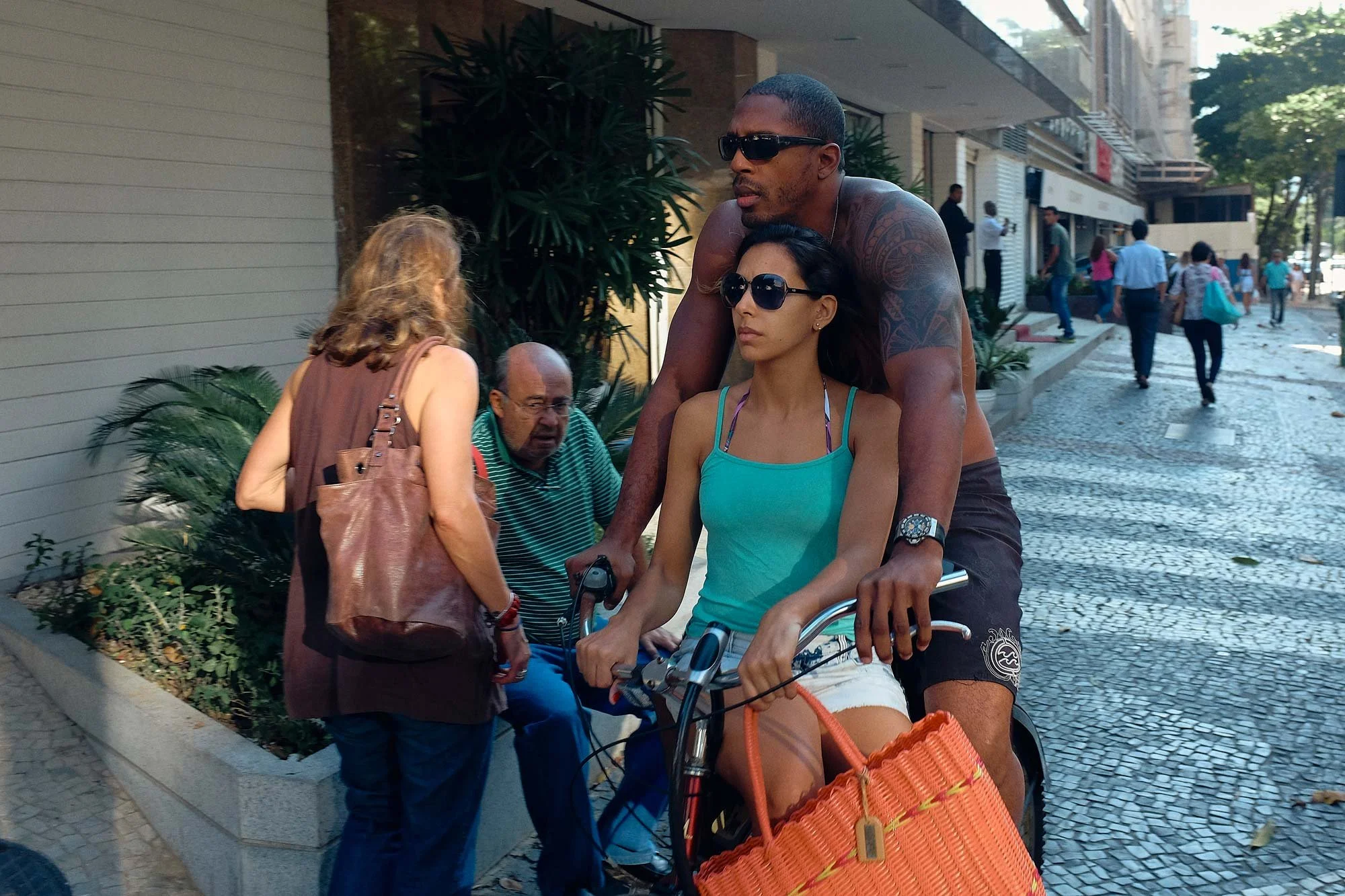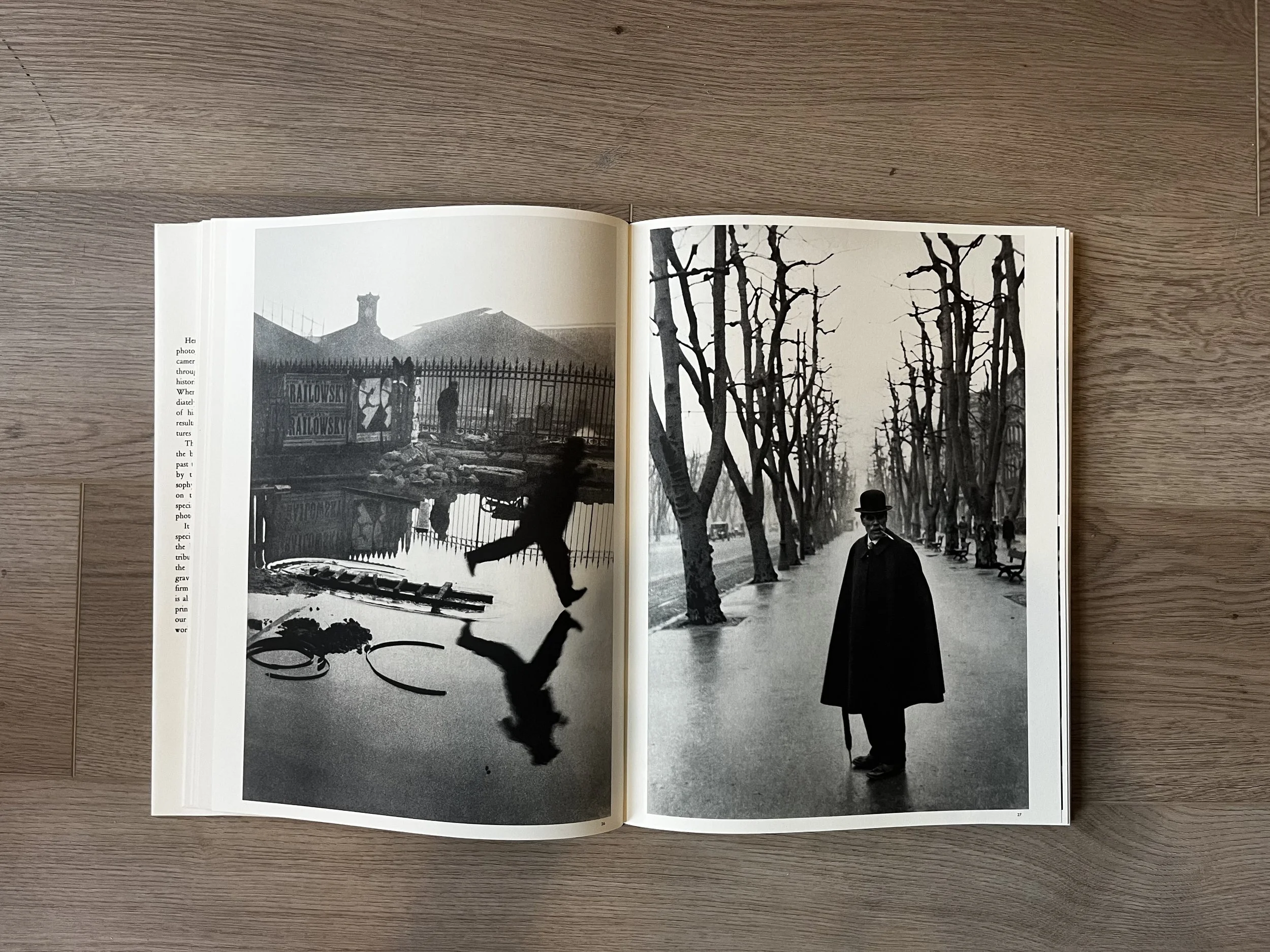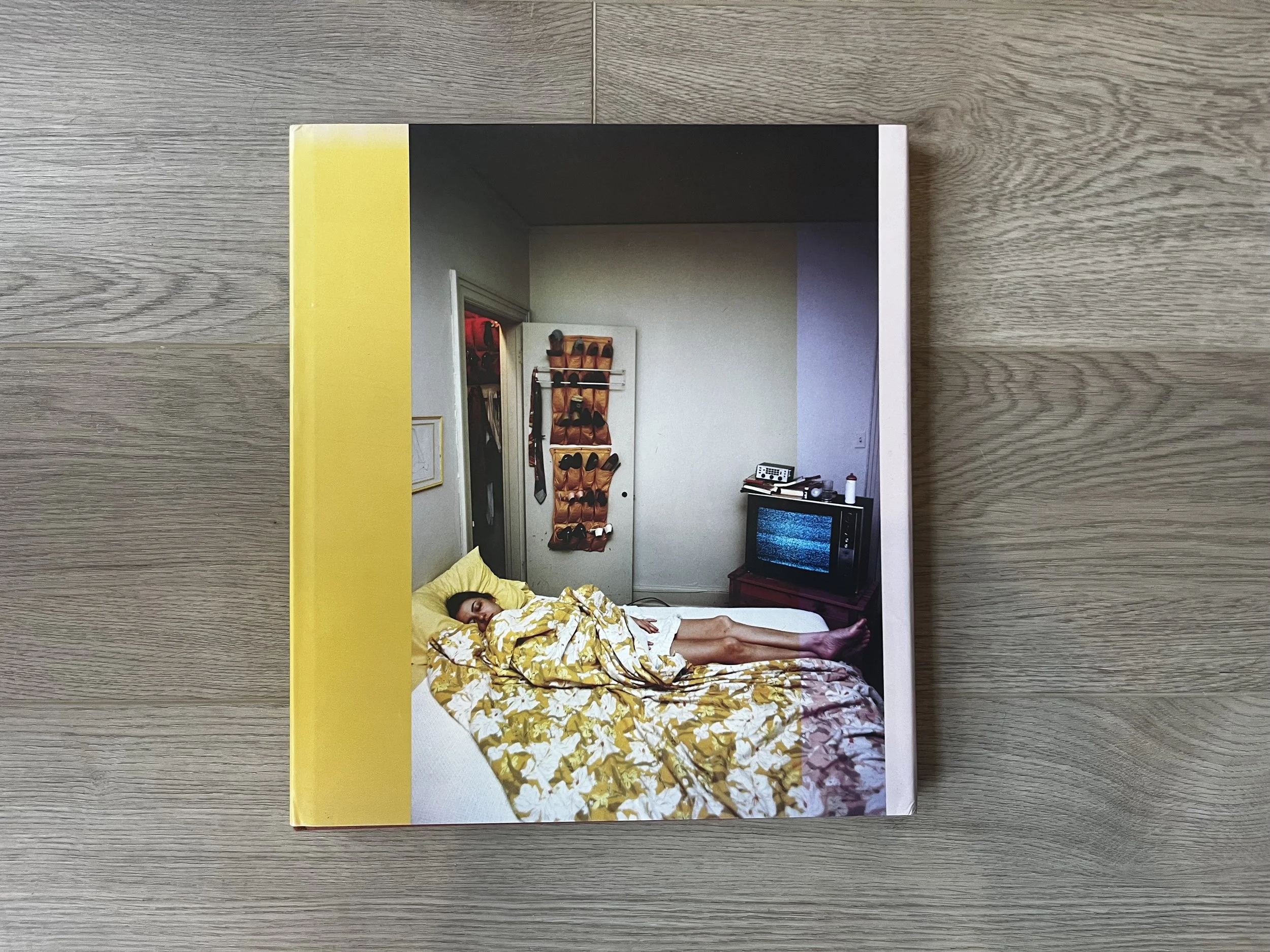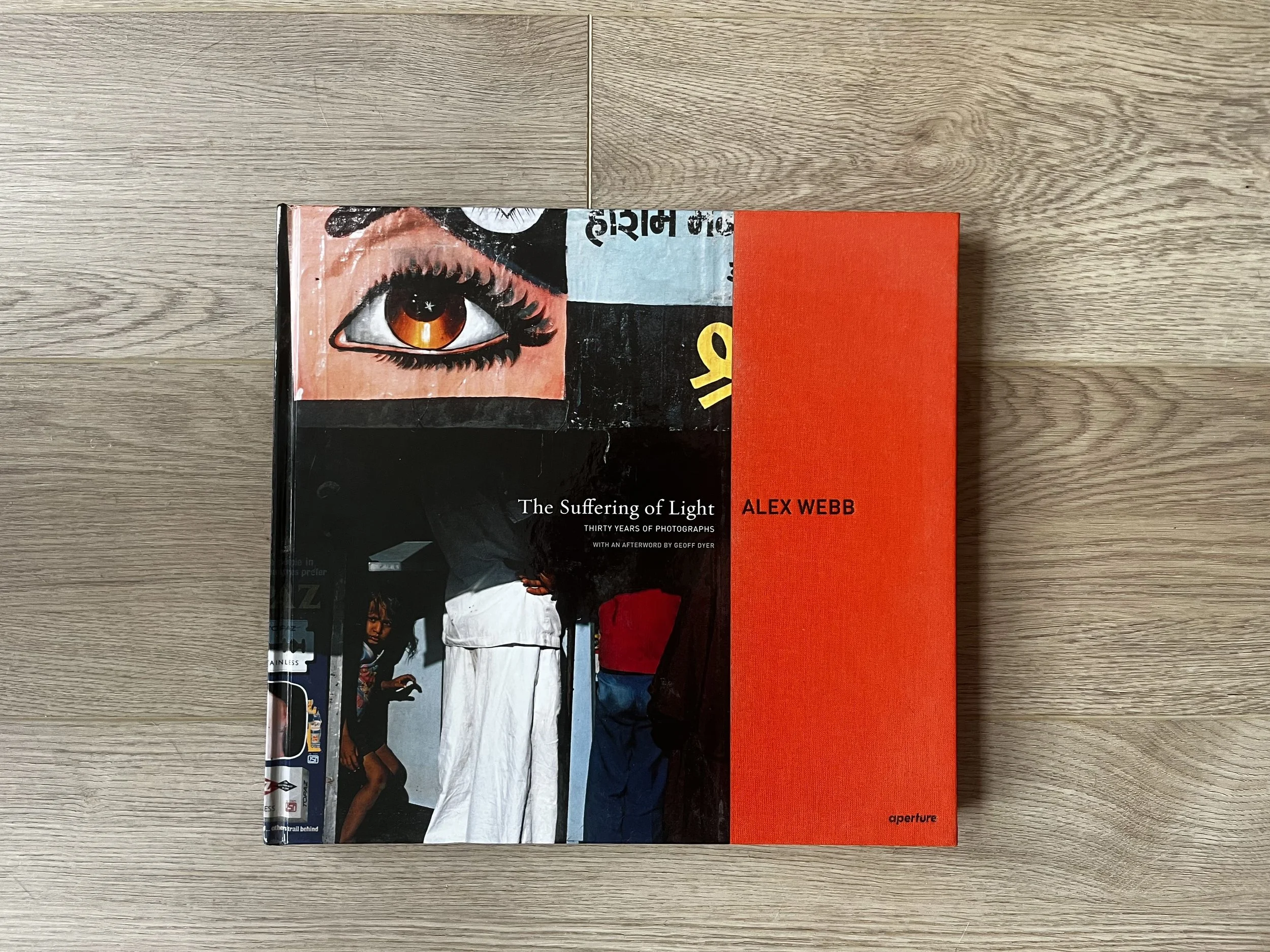How I’d Get Started in Street Photography Today
I’ve been doing street photography for over ten years now, so I thought I’d share some of what I’ve learned and how I’d get started in street photography today.
Street photography is a great way to express yourself artistically. There are a lot of different ways you can do this, stylistically speaking.
But with all the street photographers, styles, camera gear, and techniques, it can be like drinking out of a fire hose when you’re starting out. So here are some things I would keep in mind if I was starting out again.
Study The Works of Great Street Photographers
I see modern-day photography that was done on the street on social media occasionally, which seems to have no connection to the tradition of the genre. Not that there’s anything wrong with that per se. I think anyone is entitled to make the type of street photography that speaks to them.
For me, though, I’d like to be informed about the street photographers who came before me. Street photographers of the past laid the foundation for me to be able to do street photography. They created the language of street photography and developed it.
So I’d like to honor them in my work in some way. I’ve studied their works and internalized it on some level. I don’t aim to copy, but to be inspired by their photography and create my own photos with my unique vision added to it.
Henri Cartier-Bresson
Henri Cartier-Bresson was one of the early pioneers of street photography. He co-founded Magnum, the famed photography agency. He coined the term “the decisive moment”.
William Eggleston
William Eggleston was one of the early color photographers. He was inspired by Henri Cartier-Bresson and other street photographers who came before him, but lived in what he considered a boring place in Memphis, Tennessee. As a result, he took photos of ordinary subject matter.
Alex Webb
Alex Webb is an American photographer who has photographed all over the world. He legitimized the use of color film and used Kodachrome film. Alex Webb is a master of using layers in his street photography.
Vivian Maier
Vivian Maier was a photographer whose work was really only discovered after her death. She worked as a nanny. She photographed street scenes in Chicago and NYC. Incorporated self-portraits into her work.
Figure Out the Styles You Like
I chose the photographers I listed above because they each have their own unique styles. I think it’s important to study the works of great street photographers to develop your eye for what makes great photos and so you can determine the style of photos you want to make with your street photography. By having an idea in mind of the type of work you want to create, that will inform what you look for when you’re out on the street.
I think it’s fine, of course, to just go out with your camera and take whatever photos speak to you. Even photos that are just in a snapshot style, if that’s what you’re drawn to.
But to determine that, I think you should study the works of great street photographers. Do you gravitate to decisive moments like Henri Cartier-Bresson was known for? Or maybe you like the gritty, almost messy style of a photographer like Joel Meyerowitz. When you know the style you want to develop for yourself, you can go out with intention and achieve that end.
Here are some other street photographers that are worth studying:
This list is by no means exhaustive. There are a lot of other great street photographers from the past and present. These are street photographers, mostly from the past, who have achieved a legendary status in the genre.
I’ve always looked to other street photographers to inspire me and to help me form my own style.
Choosing Your Gear for Street Photography
You need camera gear to do street photography. It’s easy to get caught up in GAS (gear acquisition syndrome) and spend your time obsessing over it, so I would try to avoid this.
I think the way to go about it is to get the minimum amount of gear you need and that you can afford. Then, get to know it well and put it to good use.
Start Out Using the Gear You Already Have
If you’re just starting your street photography journey, I think it’s a good idea to use any gear you currently have and take it out and use it for your first sessions. This way, you’re not investing anything and it gives you the opportunity to see if you really like doing street photography.
Everyone has a phone, so you can use that to get started. Or, if you have a camera for work or as a hobby, use that. It doesn’t matter if it’s not a camera that’s not typically seen as a street photography camera, even a DSLR works just fine. The point is to start making photos and to find out if street photography is for you.
If you’re ready to buy a camera for street photography, this is what I would look for:
Keep it Small and Simple
Having a small and light setup makes it feel like less of a chore to go out and do street photography. I’m more likely to go out and do street photography if I don’t feel weighed down. Also, you can take a small camera with you anywhere, even when you’re leaving the house to do something other than street photography specifically.
I like having a camera that feels close to being an extension of my eye, and I get that feeling from having a compact camera.
Here are some good options for cameras for street photography:
I wrote more about these cameras in this article on the best street photography cameras.
Focal Lengths for Street Photography
My favorite focal lengths for street photography are 28mm and 35mm. I gravitate to 28mm these days.
I think anything from 24mm to 85mm is usable for street photography. 28mm is quite wide and is the widest I go. The wider the lens, the closer you need to get. So if you don’t like getting close to people, you may want to consider longer focal lengths.
I wouldn’t go super telephoto for street photography because the compression starts to look ridiculous and unnatural. Super telephoto lenses work for other genres of photography, but I don’t think they’re appropriate for street photography. The longest I would go is probably 50mm, although I could see myself trying 85mm.
The focal length you choose also depends on where you’re photographing. In a bustling place like New York City, it makes sense to use a wide-angle lens. For less busy places, it can make more sense to use longer focal lengths because the distance between you and other people is further.
I also wrote about other focal length considerations in these articles:
I also wrote about the best lenses for street photography.
Go Out and Photograph
To state the obvious, you need to get out of your house and photograph in order to create street photos. Yes, you should study great street photography and think about the style of photography you want to create, but at the end of the day, you need to get out there.
I’m guilty of being lazy letting things hold me back from doing street photography. Not photographing is one of my major street photography failures. So don’t be like me. Get out there and practice street photography. Doing is the best way to learn.
Photo Analysis
Getting better at street photography comes with time, and part of that is continuously analyzing your work.
I can only speak for myself as to what I look for when analyzing my street photography, but here are some of the things I look for:
Overall Composition: Does the composition look and feel balanced in general?
Light: I like contrasting light, so I gravitate towards images that have part of the frame in shadow and the other in light.
Layering: I like to have layers in my street photos, so oftentimes I’m looking for subjects or things of interest in at least somewhat defined foregrounds, middlegrounds, and backgrounds.
This is by no means an exhaustive list; there are a lot of other things to take into consideration. What you look for in your analysis also really comes down to your style and what you want to create.
Photo Editing
When it comes to photo editing for street photography, I take a relatively minimal approach. I’m not a fan of doing heavy Photoshop for street photography. Part of the appeal of street photography is that it’s authentic and shows real life. Significantly altering photos goes against that.
To be more specific, I don’t do anything like removing or adding objects to my photos. I think doing so is a mistake in street photography.
I do think there’s room for creativity in the editing process. I make relatively basic adjustments to:
Exposure
Color adjustments; white balance, hue, saturation, tone curve
Sharpness and clarity
Dodging and burning
Cropping
Fixing lens distortion
Put the Work In
Sometimes I have to remind myself to get out of the house and put the work in. I want to create projects and a body of work that I can be proud of.
The good thing is that I love being active, being outside, and the process of doing street photography. You have to find enjoyment in the process to be motivated to do street photography. Sometimes you need to just take that first step out of your door.























